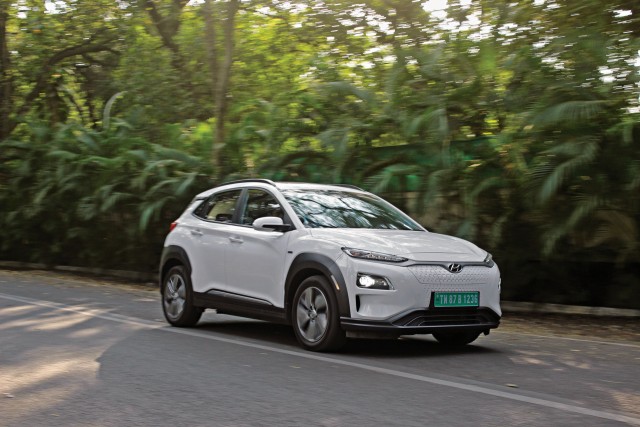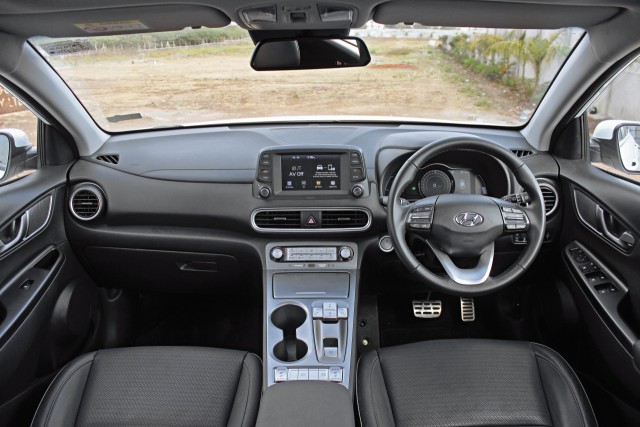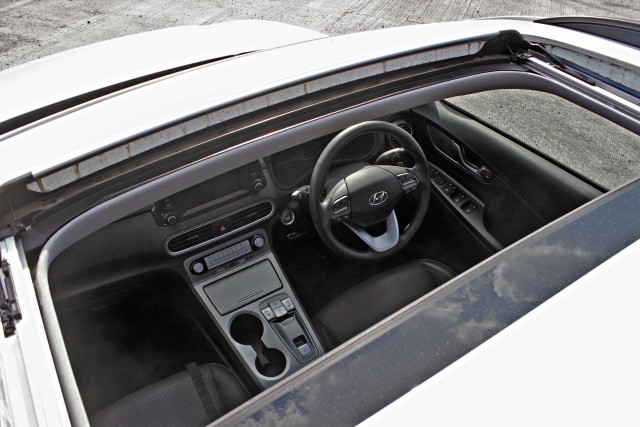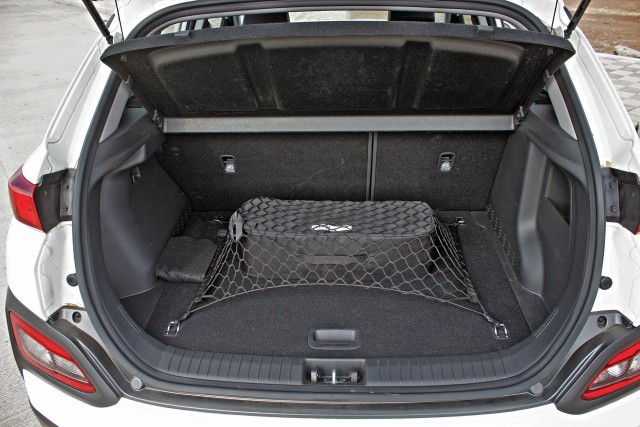The Hyundai Kona Electric is our first electric vehicle (EV) road test in a long, long time. How does the new EV stack up against conventional alternatives in the real world? We put it to the test.

Story: Jim Gorde
Photography: Saurabh Botre
A neutron walks into a bar and asks for the day’s special. The bartender hands him a Rusty Nail. ‘How much?’ the neutron asks. The bartender replies, ‘For you, no charge!’
For whatever reason, I wanted to open my first electric car road test with a joke. It’s funny how much one needs to unlearn and relearn when they realize the world basically runs on oil and needs to move on. That, of course, requires a paradigm shift of epic proportions. As slowly as they may be accepted the world over, the electricity-powered car is here to stay. Where that electricity comes from is a different matter altogether: coal-fired thermal plants, hydro/solar/wind energy harnessed to its maximum potential wherever possible, and, of late, the hydrogen fuel cell built into the car itself. However, what’s new is the way in how the car is used. Fuel-station trips are replaced with overnight charging, the thrum and growl of an engine is replaced by a whine that is imperceptible for most part. The transmission is a simple button, no gear changes or third pedal; just two limbs required, not all four. Plus, the kind of acceleration and momentum it brings is something that even a sequential turbo-petrol, with two-stage/twin-scroll/twin-turbo, call it what you will, can’t match the sort of go an electric motor has, especially when its output capability is matched with an appropriately dense battery-pack and a reasonably-sized vehicle.
The fact that the electric motor has picked up where the combustion engine has seemingly left off is commendable. However, the truth remains bare — we don’t need a 1,500-kg contraption to transport one 75-kg individual every day. What’s challenging is the transition from what we’ve become so used to, to what will soon be the future. The key is, if you don’t want to drive, you shouldn’t have to. To solve that, we’d need a dependable and efficient mode of shared mobility or public transport. That’s coming in, too, and not too long from now.
Now, though, we have this. One way of cleaning up — well, in the immediate vicinity, anyway — is to have an electric vehicle and this, the Kona Electric, is one of the latest and most intriguing. Named after a Hawaiian island, the Kona was introduced as a combustion-engine-powered car and, thus, features the ubiquitous closed-off grille seen on electric converts that houses the charging sockets for AC/DC charging. The narrow daytime LED strips neatly layered over the large projector main beams — akin to the Venue and the larger Palisade international flagship. While it’s as wide as the Creta, it’s a tad shorter in length overall at 4,180 millimetres, but that’s just making it compact and more practical in an urban environment; one way to look at it more positively. Either way, it’s a smart and thoroughly modern-looking car that stands out and gets heads turning. That’s especially true when it silently glides past slower-moving and louder-sounding traffic.

The interior in the Kona Electric is extremely well-finished and Hyundai have appointed the cabin very well indeed. From crisp digital displays to excellent finish, the ventilated seats and wireless charging dock safely tucked within the centre console, it seems like there is nothing left off the equipment list. Everything one could ever need on the move is right there and with ergonomics and aesthetics in perfect harmony. The cabin feels posh and definitely well worth the price, even if the tag does seem a bit steep at Rs 23.72 lakh (ex-showroom). The space in the front is more than adequate and the Kona Electric has amongst the most advanced cockpits, if I may say so, to be in.

There are buttons and screens everywhere, even for the drive operation — P for Park, R for Reverse, N for Neutral and D for Drive — on the centre console, adding to its futuristic feel. The driver info display, split into three digital units — a square flanked by two circular dials — shows all the information of particular interest: speed, mode, charge level, recuperation, expected range and more. The steering wheel incorporates controls for multimedia, volume, voice commands, cruise and also has two paddle-shifters that serve different purposes based on the drive mode selected. Yes, there are drive modes, we’ll get to that soon.
The screen on the centre console is a familiar unit, too, and is easy to use, displaying information for the navigation, audio, and the feed from the reverse parking camera, among other things. The console itself has a selection of buttons, which in this day and age of touch controls, comes as a haptic relief. The lower portion has the power parking brake, front seat ventilation controls, and the auto hold function for the brake.
The rear seats in the Kona Electric are comfortable and well-padded. However, if you happen to be a six-footer, you may be left wanting in the knee-room department. The boot volume, too, at 373 litres, is pretty generous and more than adequate for all urban applications and even a highway trip out the city. Speaking of which.





















Leave a Reply